Native plants are a great way to attract native birds to your garden. No matter how small, you can always make your backyard more attractive to native birdlife by providing food, water, shelter, and nesting places and materials.
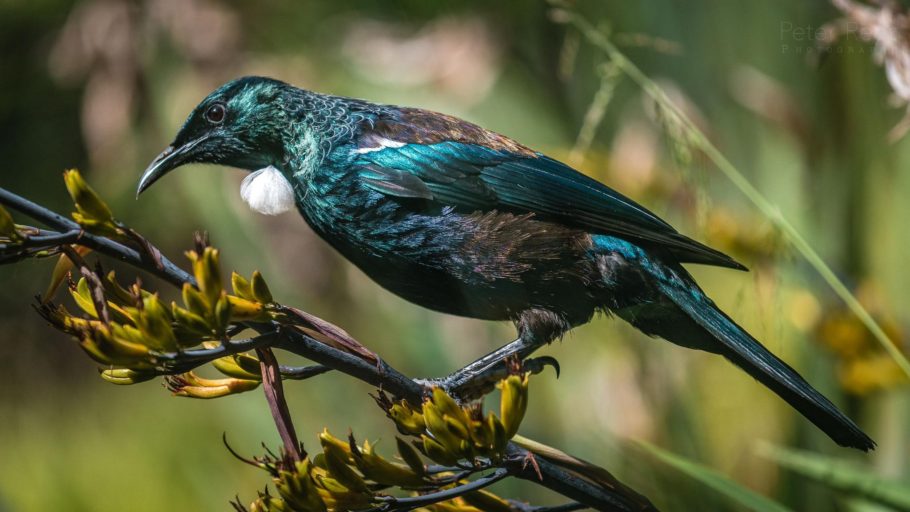
You can break down the diets of our native birds into nectar, fruit, foliage and insects. By planting a range of native trees and shrubs your garden can provide food sources for a range of our native birds.
The best time for planting is during the autumn months (April – May) or late winter going into spring (August – September). If you want to see more birds in your backyard, see our tips below to get started.
Tip #1 Keep it local
When picking the native plants you want in your backyard, it’s important to consider what occurs naturally in your local area. The trees and shrubs that will do well in the high country of Central Otago may not do as well planted along the banks of the Waikato River. Plants that belong in your local climate are suited to the conditions and are more likely to thrive. This also helps to maintain the uniqueness of your special area.
A wide range of information is available to help you decide what to plant in your backyard. Trees that Count has a region-specific native planting guide and information about where to buy seedlings. Local nurseries can also be a great resource.
Many seeds from native plants can be eco-sourced, meaning you can collect seeds from areas near where they will be planted.
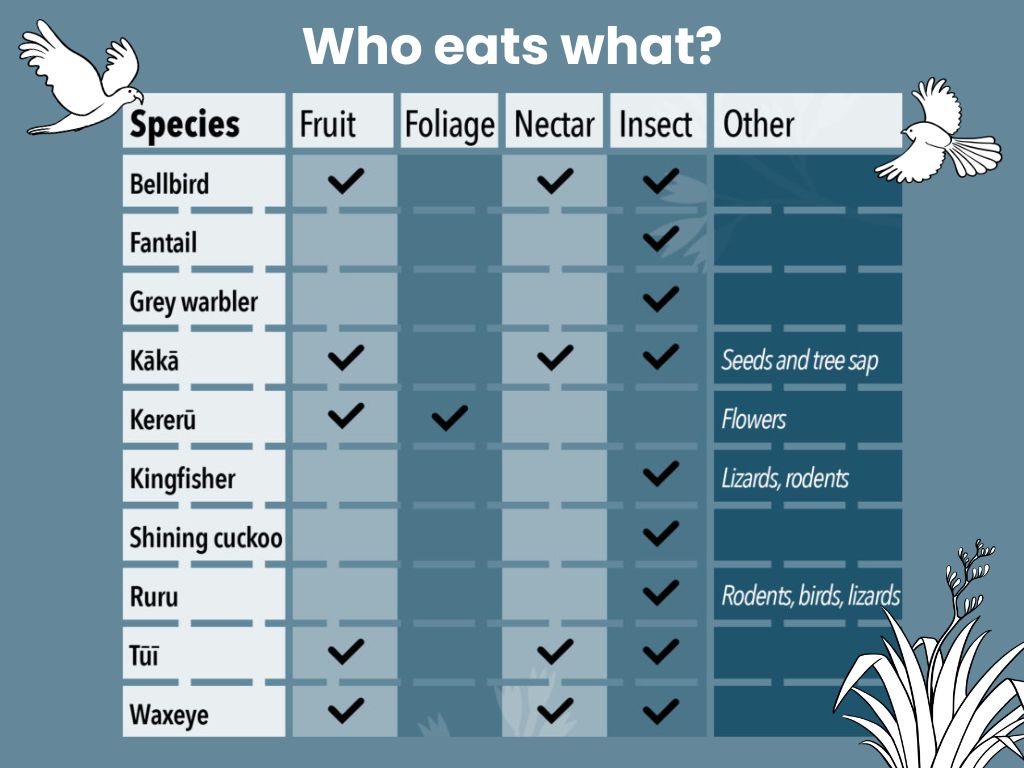
This could be a friend’s garden or (with permission) public areas of native planting or bush. Eco-sourcing is a cheap way to source seeds that will grow native plants suited to your area.
Tip #2 Provide food sources all year round
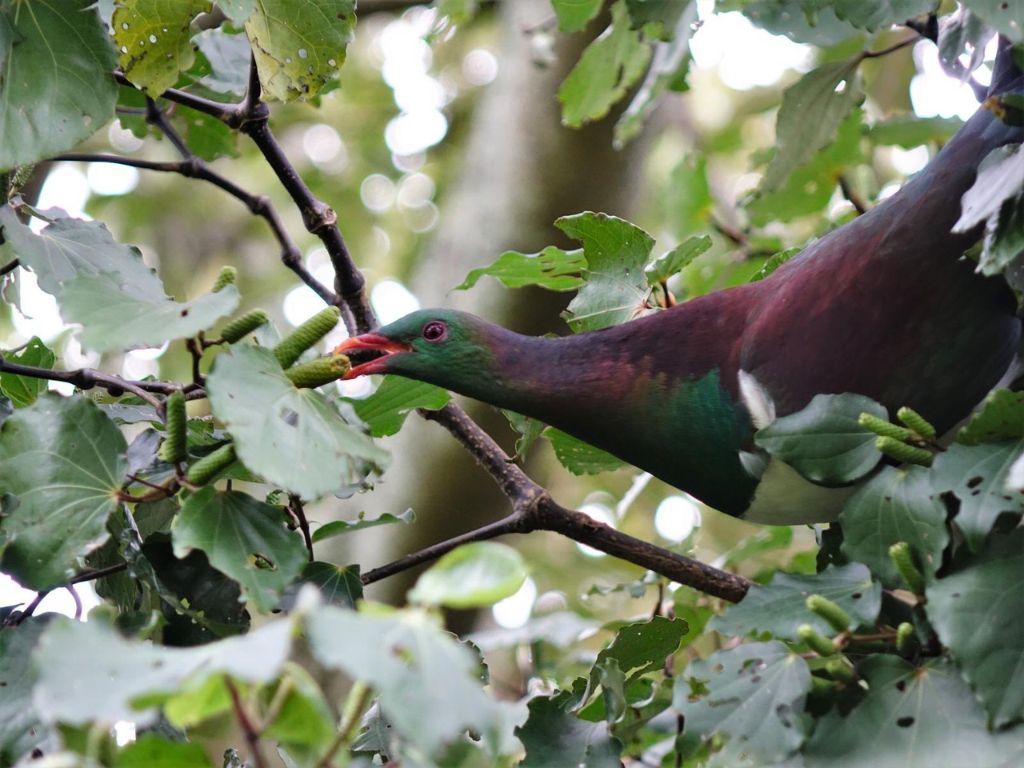
In winter and early spring food sources are most scarce for birds. Try growing plants that provide a good supply of nectar, fruit and foliage all year round so birds will always have food available to them.
Tūī, korimako (bellbird) and kererū travel large distances searching for flowers and fruit.
Pūriri are a slow-growing tree but they produce flowers and fruit almost all year round that attract kererū. Kowhāi flower as early as July attracting nectar feeders like korimako (bellbird) and tauhou (wax-eye). Kohekohe also flowers during winter months and can provide nectar. The Department of Conservation has a month-by-month calendar (PDF, 118 KB) of native plants and when they produce nectar, seeds, and fruit.
When nectar is harder to come by, you can also offer a supplementary food source using sugar water. If you don’t have a bird feeder, you can buy one from our online shop.
Tip #3 Grow plants that vary in height
By planting a variety of species that range in height, your garden can provide more than food for feathered visitors. It can be a place for native birds to shelter, hunt, nest or even find a mate.
Trees with height can be vital for a range of native birds. Kōtare (kingfisher) use the top of tall trees as an elevated observation point to hunt. In the breeding season, male kererū perch on the top of trees as a take-off point for display flights. Tūī often pick highpoints like tall tree branches that allow their song to carry further. Especially in urban areas, tall trees have become increasingly rare. A tree like tītoki or tī kōuka (cabbage tree) will grow into a crucial resource.
Your backyard can offer a safe place for native birds to nest and raise their chicks.
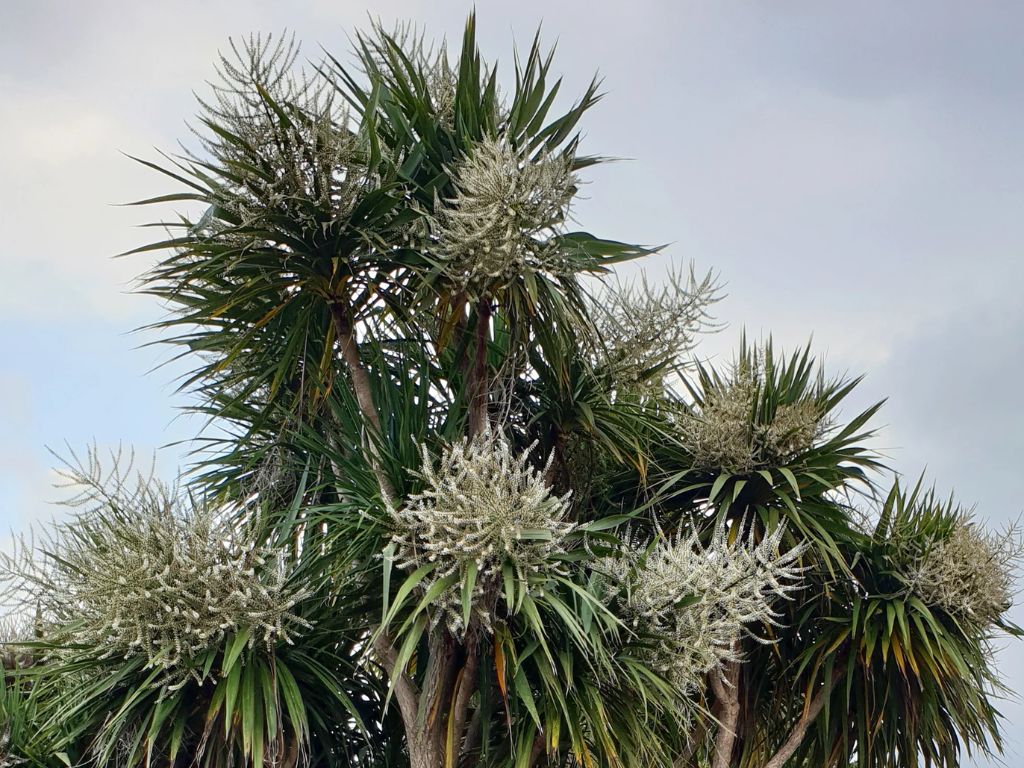
To keep out of the reach of predators, pīwakawaka (fantail) and tauhou (wax-eye) prefer to build their nests in the branches of tall shrubs like mānuka. Grasses and reeds like dwarf flax are great for providing nesting material as well as generally providing shelter.
Tip #4 Think insects too
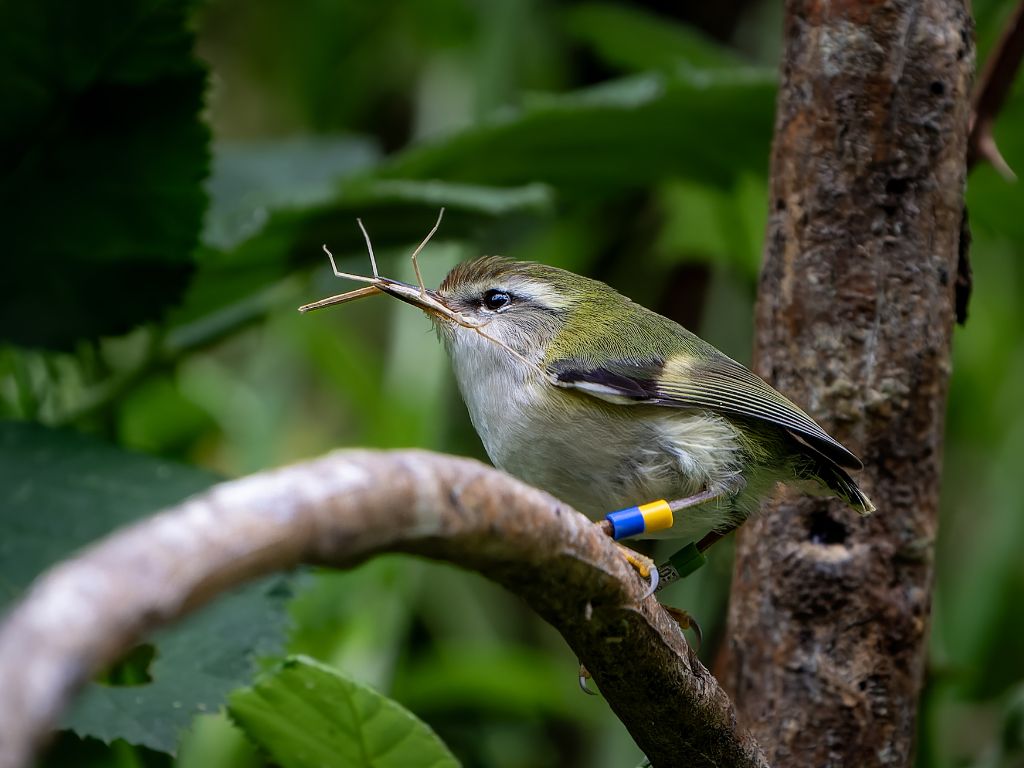
Don’t forget about insectivores like pīwakwaka (fantail), titipounamu (rifleman) and ririoriro (grey warbler). You can encourage their prey by planting a range of trees, shrubs and grasses. A good layer of mulch or leaf litter in the garden will also provide good habitat for insects.
When leaves fall off your plants and shrubs, allow them to accumulate. A thick layer of leaf litter will attract insects like spiders, moths and beetles for birds to feed on.
Certain plant species like mānuka, kānuka and shrubby tororaro attract bugs. They often teem with various insects like mason bees, flies and wētā. You can also plant a pūriri tree to encourage pūriri moths.
These moths are a beautiful native species and are important prey for birds like ruru (morepork).
By promoting insect life in your backyard, you are opening your garden up to more birds, and naturally, these birds will control the insect population.
Tip #5 Creating a safe haven
Beyond planting, here are a few more things that you can do to protect the wildlife that visits your garden:
- Control introduced predators that kill native birds. Stoats, rats, weasels, possums and hedgehogs prey on birds, including their eggs and chicks. If you want to keep the birds thriving, set traps to deal with these unwelcome visitors. You can buy a trap through our online shop.
- Provide a water source like bird baths, fountains, ponds or shallow dishes. Especially during dry periods, birds will appreciate being able to drop into your garden to bathe or just for a drink. Ensure that this water is clean and checked regularly.
- Avoid planting too close to the windows of your house, as the reflections can confuse birds. Sadly, kererū are killed every year trying to fly through panes of glass. You can also use window decals to make windows easier for birds to avoid.
- Responsible cat ownership is important. There are a few steps you can take to prevent your cat hunting your feathery visitors. See our guide here.

